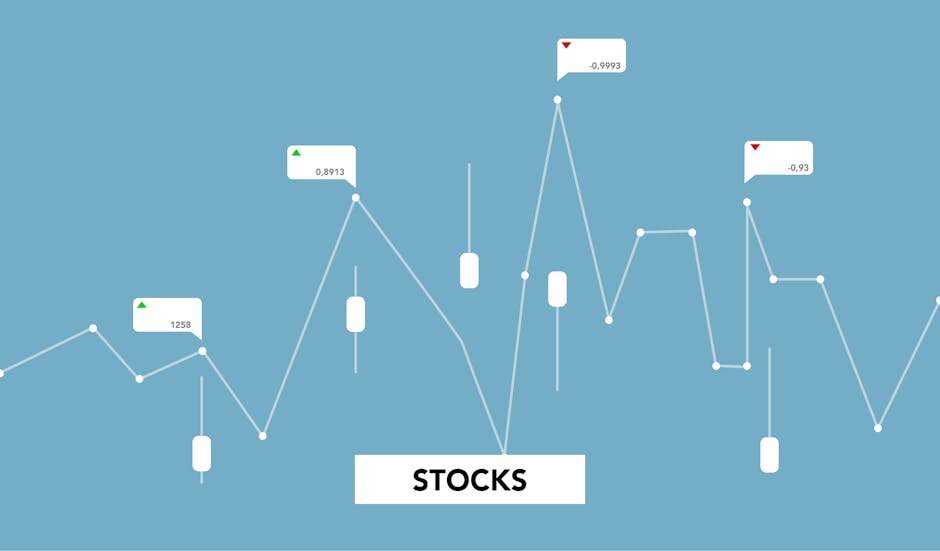Enhancing Quote Precision With Data Analytics Strategies
Are you seeking to elevate the precision of your quotes? Explore the realm of data analytics strategies.
This article delves into data collection methods, statistical analysis techniques, machine learning models, natural language processing, and visualization tools.
Uncover how these advanced techniques can enhance quote accuracy and prediction, providing valuable insights for optimizing performance.
Key Takeaways
- Quantitative analysis and textual data capture are crucial for collecting and interpreting numerical and textual data for quote analysis.
- Statistical analysis techniques such as regression analysis, sampling methods, confidence intervals, and hypothesis testing enhance the accuracy and reliability of quotes in data analytics strategies.
- Machine learning models, such as Linear Regression, Random Forest, and Gradient Boosting, can predict quotes by analyzing historical data and identifying patterns and relationships.
- Natural language processing techniques, including language modeling and sentiment analysis, play a pivotal role in understanding the context, meaning, and emotions within quotes, enhancing quote analysis precision.
Data Collection Methods for Quote Analysis

When conducting data collection for quote analysis, employing rigorous and systematic methods is essential for ensuring the precision and accuracy of the results.
Quantitative analysis plays a critical role in this process, as it involves the systematic collection and interpretation of numerical data to identify patterns, trends, and relationships within the textual data captured. This method enables researchers to quantify the frequency of specific words or themes within a body of text, providing valuable insights into the significance of certain quotes or phrases.
Textual data capture, on the other hand, involves the systematic collection and organization of textual information from various sources, such as interviews, surveys, or written documents. This method allows for the comprehensive analysis of quotes, enabling researchers to identify key themes, sentiments, and contextual nuances embedded within the text.
Statistical Analysis Techniques for Quote Accuracy

Utilizing appropriate statistical analysis techniques is imperative for ensuring the accuracy of quotes in data analytics strategies. Regression analysis is a fundamental statistical tool for examining the relationship between variables. In the context of quote accuracy, regression analysis can be used to assess the predictive power of various factors influencing the quotes. By identifying significant variables, such as customer demographics or market conditions, data analysts can refine their quote estimation models and enhance accuracy.
In addition to regression analysis, sampling methods play a crucial role in evaluating quote accuracy. Proper sampling techniques ensure that the data used for analysis is representative of the entire population, minimizing the risk of biased results. Through random sampling or stratified sampling, data analysts can effectively capture diverse perspectives and market dynamics, leading to more accurate quotes.
Moreover, statistical techniques such as confidence intervals and hypothesis testing enable analysts to assess the precision and reliability of the obtained quotes. These methods provide a quantitative measure of the accuracy of quotes and help in making informed decisions based on the statistical significance of the results.
Machine Learning Models for Quote Prediction

Statistical analysis techniques, such as regression analysis and sampling methods, lay a solid foundation for integrating machine learning models into the evaluation and prediction of quotes in data analytics strategies. Machine learning algorithms can be utilized to predict quotes, enabling businesses to make more accurate forecasts and decisions. These models can analyze historical data to identify patterns and relationships, and then apply this learning to new data for quote prediction. The table below illustrates different machine learning models commonly used for quote prediction, along with their respective characteristics and applications.
| Machine Learning Model | Characteristics | Applications |
|---|---|---|
| Linear Regression | Fits a linear model to the data | Price forecasting, risk assessment |
| Random Forest | Uses multiple decision trees to make predictions | Stock price prediction, insurance pricing |
| Gradient Boosting | Builds weak models sequentially to improve prediction | Sales forecasting, demand prediction |
Machine learning models offer a powerful and versatile approach to quote prediction, providing businesses with valuable insights for decision-making processes.
Transitioning into the subsequent section about ‘natural language processing for quote understanding’, it is important to explore how advanced techniques can further enhance the precision of quote analysis.
Natural Language Processing for Quote Understanding

Advanced natural language processing techniques can significantly enhance the precision of quote analysis in data analytics strategies. Language modeling, a key component of natural language processing, enables the understanding of the context and meaning of quotes within a given text. By utilizing language modeling, data analytics professionals can extract valuable insights from quotes, including identifying key themes, sentiments, and relationships within the text.
Furthermore, sentiment analysis, another essential technique in natural language processing, allows for the classification of quotes based on the underlying emotions or attitudes expressed. This capability can be particularly useful in understanding customer feedback, market sentiment, or employee opinions within quotes, thereby providing organizations with valuable information for decision-making and strategy development.
Incorporating natural language processing for quote understanding not only improves the accuracy and depth of quote analysis but also enables the extraction of actionable insights from unstructured textual data. As we delve into the impact of sentiment analysis and language modeling on quote understanding, it becomes evident that these techniques play a pivotal role in enhancing the effectiveness of data analytics strategies.
Transitioning into the subsequent section about ‘visualization tools for quote performance tracking’, it is essential to consider how the insights gained from natural language processing can be effectively communicated and monitored.
Visualization Tools for Quote Performance Tracking

To effectively monitor and assess quote performance, data analytics professionals frequently rely on visualization tools to gain actionable insights from the data. Quote visualization plays a crucial role in tracking the performance of quotes and understanding their impact on business outcomes.
Here are three essential visualization tools for quote performance tracking:
-
Dashboard Visualizations: Data analytics professionals utilize interactive dashboards to display key quote performance metrics such as win rates, average deal size, and quote conversion rates. These visualizations enable quick identification of trends and patterns, facilitating timely decision-making.
-
Trend Analysis Charts: Line charts and trend graphs are valuable for tracking changes in quote performance over time. By visualizing historical data, analysts can identify seasonal fluctuations, market trends, and the impact of external factors on quote performance.
-
Quote Funnel Visualizations: Visual representations of the quote-to-close process, such as funnel charts, provide insights into the progression of quotes through the sales pipeline. These visualizations aid in identifying bottlenecks, analyzing conversion rates at each stage, and optimizing the quote-to-close process.
Conclusion
Data analytics strategies offer various methods for enhancing quote precision. These methods include data collection, statistical analysis, machine learning, natural language processing, and visualization tools.
These techniques provide valuable insights into the accuracy and prediction of quotes. They allow for more informed decision-making.
By leveraging these strategies, organizations can improve their quote performance tracking. This, in turn, helps optimize their quoting processes for better outcomes.
Contact us to discuss our services now!
